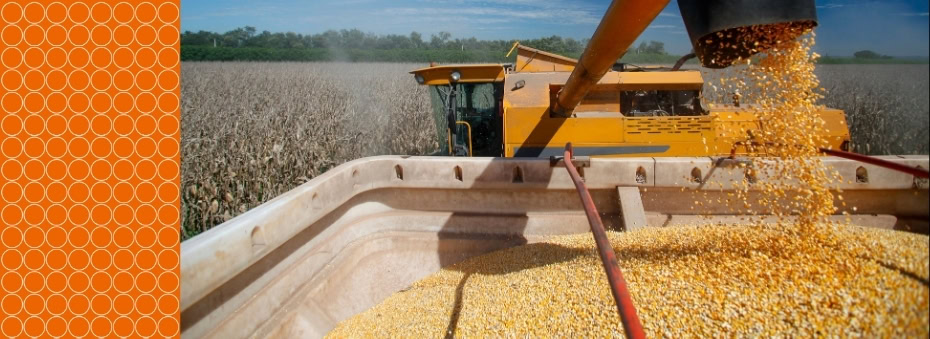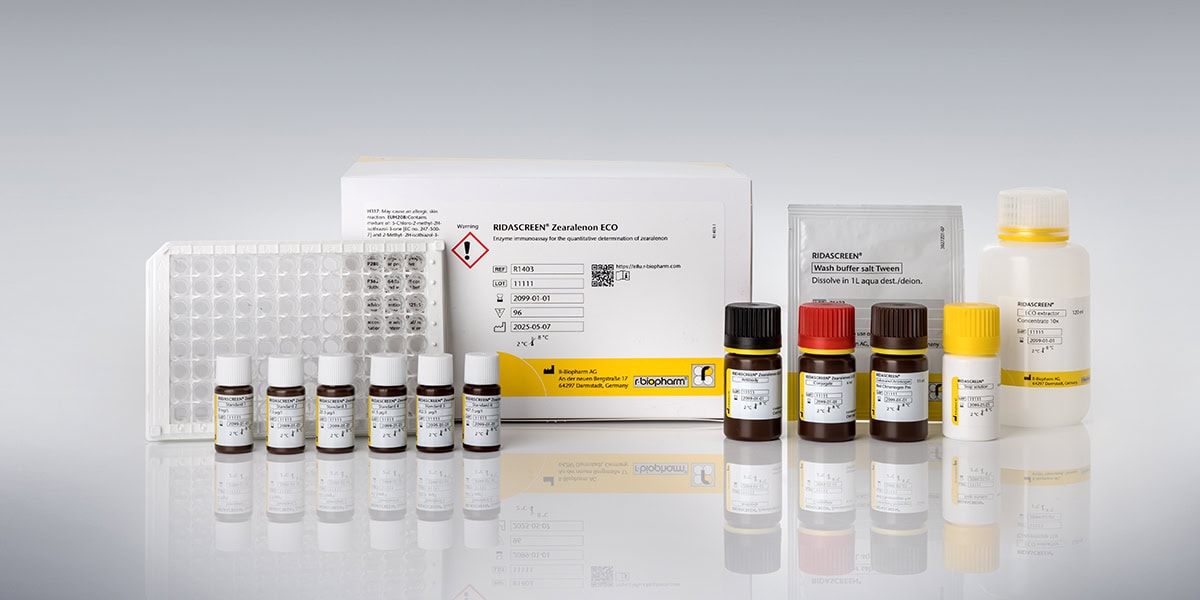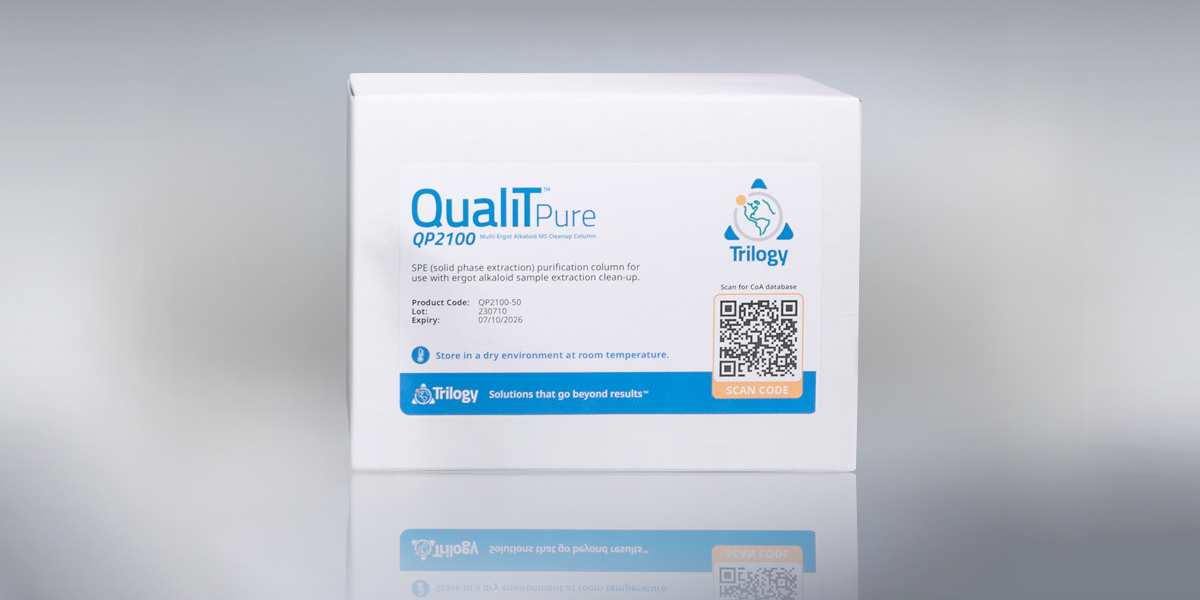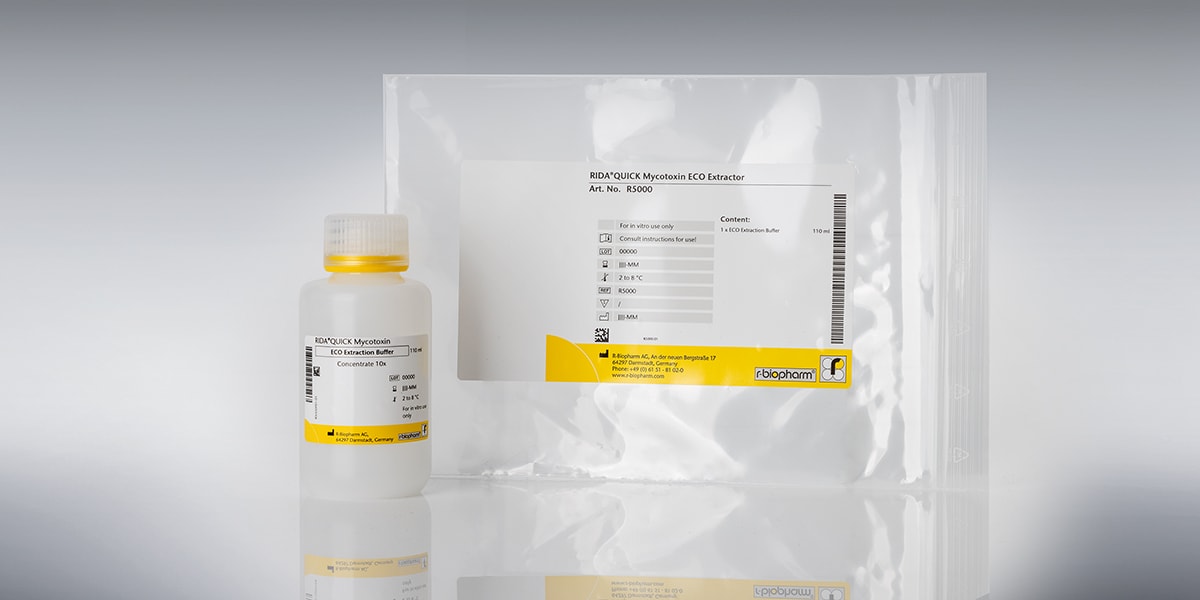
Recent news in Food & Feed Analysis
- Home
- /
- Mycotoxin binders: scientific advances,...
Mycotoxin binders: scientific advances, EU compliance, and analytical Validation amid rising aflatoxin risks

What are mycotoxin binders, when are they used, and how is their efficiency tested? How can they help mitigate aflatoxin effects in animal feed and reduce aflatoxin M1 in milk? This blog post explores these questions and highlights the importance of binder technologies amid rising aflatoxin contamination risks.
Mycotoxins, toxic metabolites produced by fungi such as Aspergillus flavus, continue to pose a threat to food and feed safety and animal health globally. Among them, aflatoxin B1 (AFB1) is particularly concerning due to its carcinogenicity and its metabolite aflatoxin M1 (AFM1), which can contaminate milk when dairy cows consume contaminated feed. Recent alerts and studies underscore the urgency of implementing effective mitigation strategies, particularly in light of the rising aflatoxin levels in maize from the Balkans.
Climate change drives sflatoxin surge in balkan maize
A recent study from Serbia and Croatia revealed that hot and dry weather conditions, driven by climate change, have significantly increased aflatoxin contamination in maize. In 2021, Aflatoxin B1 was detected in 84 % of Serbian and 40 % of Croatian maize samples, compared to less than 10 % in previous years. Drought and elevated temperatures create ideal conditions for Aspergillus flavus proliferation, resulting in increased toxin production.
A 2023 study from Serbia confirmed the presence of Aflatoxin B1 in maize and animal feed, as well as Aflatoxin M1 in cheese and milk – highlighting the need for effective mitigation strategies.
This trend is not isolated. The GMP+ International risk classification for the 2025/2026 harvest designates Serbia and Romania as high-risk countries for aflatoxin contamination in maize. This classification mandates frequent testing.
Mitigating mycotoxin effects with binder technologies
Mycotoxin binders are an important tool to mitigate the harmful effects of mycotoxins in animals and reduce transfer to animal-based food products like milk. These substances bind to mycotoxins and prevent their absorption through the gut. Aluminosilicate binders, such as bentonites and zeolites, are commonly used due to their porous silica-based structure. While highly effective against aflatoxins, they show limited efficacy against other mycotoxins like DON and may also adsorb vitamins and trace minerals. Performance can be enhanced through modifications and the addition of organic ingredients, as demonstrated in a recent study published in Nature Scientific Reports.
EU Regulation on Mycotoxin Binders and compliance
Under Commission Implementing Regulation (EU) No 1060/2013, bentonite is approved as a technological feed additive for all animal species, including dairy cows, and its use as a mycotoxin binder. Products must demonstrate safety and efficacy under proposed conditions of use, making analytical validation a regulatory and commercial imperative. In the United States, the FDA has not approved any specific mycotoxin binders for mycotoxin removal, but mycotoxin binders are used and typically labelled as “flow agents,” “digestive aids,” or “anticaking agents,” which is allowed.
How to test mycotoxin binder efficacy: in vitro and in vivo methods
Several studies confirm that mycotoxin binders in general can significantly reduce Aflatoxin M1 levels in milk. The efficacy of each mycotoxin binder is validated in vivo by feeding trials, which are time-consuming and expensive. In vitro mycotoxin binding analysis serves as a screening tool in laboratory settings to assess a substance’s capacity to bind toxins. For mycotoxin binder producers, Trilogy Analytical Laboratory offers ISO/IEC 17025:2017-accredited in vitro binder efficiency studies, simulating animal digestive conditions to assess adsorption and desorption of mycotoxins.
Trilogy’s mycotoxin binder efficiency study workflow
The process includes the following steps:
• Submit a quote request: define study parameters like adsorption pH, desorption pH, inclusion rate, and mycotoxin concentration(s).
• Sample submission: upon quote acceptance, complete the submission form and send your sample to Trilogy Analytical Laboratory in the United States.
• Binder challenge: samples are tested using HPLC methodology.
• Results reporting: receive a detailed certificate of analysis.
This service enables producers to optimize formulations, demonstrate efficacy, and ensure compliance before investing in costly field trials. Ready to validate your binder’s performance? Visit Trilogy’s Binder Analysis page to get started.
Why rapid testing and binder validation matter
In times of higher mycotoxin risks, you need to make fast decisions. Raw feed materials are coming in, and a rapid quantitative mycotoxin test like the RIDA®QUICK Aflatoxin RQS, which is a FGIS performance-verified (GIPSA) aflatoxin test, will give fast, reliable results. The results can be uploaded in a dedicated cloud-based system, like the RIDA®SMART Universe, and shared with relevant stakeholders.
These data are especially useful when a mycotoxin binder is added to the feed formulation. Based on the aflatoxin concentrations found in the ingredients, the optimal binder concentration can be calculated.
Conclusion
As aflatoxin risks escalate – particularly in maize from the Balkans due to excessive heat and drought -vigilance is required. Collaboration across the food and feed industry, combining scientific innovation, regulatory awareness, and analytical competence, will help ensure safe food and feed. R-Biopharm is proud to support companies in delivering safe, effective, and compliant solutions for feed and dairy safety.



